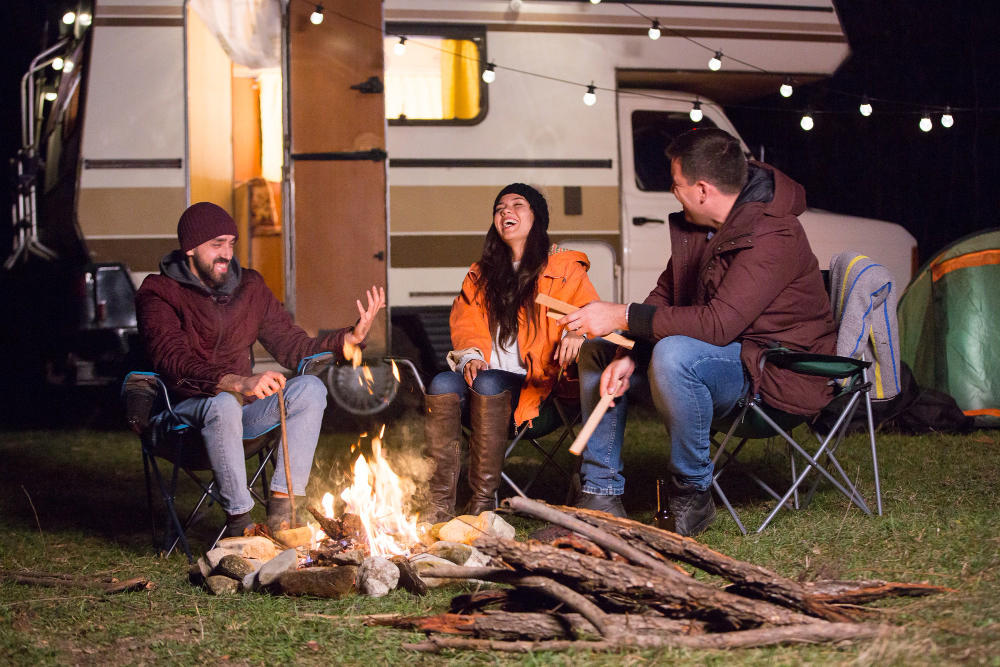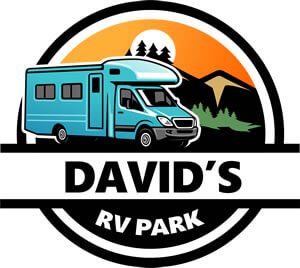
The crackling, the warmth, the camaraderie—few things embody the great outdoors as perfectly as a campfire. Whether you're a seasoned camper or a first-timer, knowing how to manage a campfire is an indispensable skill that ensures a safe and enjoyable experience in the wilderness. This comprehensive guide will take you through the intricacies of starting, maintaining, and extinguishing a campfire responsibly. We'll cover not only the practical steps but also the philosophy behind ensuring the eco-system and the people around you are well-protected.
Before we jump into the practical details, it's important to understand the fundamental philosophy of fire. Fire is a symbol of life and creation, but it's equally powerful in its potential to destroy. When you make and maintain a campfire, you take on the responsibility of a small, temporary custodian of the fire element. This means that you're tasked with nurturing the warmth and light while preventing any harm or damage that could result from a runaway blaze.
The choice of location for your campfire is the single most important factor in safety and sustainability. Picking a site away from overhanging branches, dry grass, or flammable materials will set the tone for a fire that is under control. Never build a fire where the ground is predominantly rock, sand, or gravel, as the fire may rage out of control on these surfaces due to reflected heat.
Another aspect to consider before lighting is the weather. Even a mild breeze can turn a small spark into a major concern, so be sure to check the forecast and plan accordingly. Always have a method of fire extinguishment nearby, such as a bucket of water or a fire extinguisher. Lastly, if it's permitted in your area, clear a perimeter at least 10 feet wide and circle it with rocks to contain the fire.
When igniting the campfire, use small, dry twigs to help the fire take hold quickly. You can then gradually add larger fuel as the flames grow. A surefire method is to build a small teepee of kindling with a small space on the downwind side for air to flow through. Once the fire is established, you can start to add larger logs, making sure to position them in a way that allows air to circulate and the fire to breathe.
Avoid using accelerants such as lighter fluid, gasoline, or kerosene, as these can lead to unsafe and unpredictable fires. Instead, rely on natural kindling and fire-starting products like tinder or firestarter cubes.
To maintain a campfire, it needs to be fed fuel methodically. The "log cabin" and "platform" are common stacking methods that provide a stable structure for the growing fire. It's important to never leave the campfire unattended, and ensure that someone is present to watch over it at all times. This person should be equipped to handle emergencies and have a plan for quick and safe response should the fire start to spread.
Extinguishing a campfire is where many people skip steps or take shortcuts. A common mistake is simply burying the embers with dirt and calling it a day. However, that doesn't actually put the fire out; it merely smothers the flames temporarily. Instead, follow these steps to extinguish your campfire safely:
Before you can extinguish the fire, you need to break it down. Use a long stick or a shovel to separate and spread out the embers within the fire pit. This will allow them to cool more quickly and prevent them from reigniting when you walk away.
The most effective way to extinguish a fire is to douse it with water. Pour water over the entire area, making sure to soak all the embers. Stir the embers and then pour more water until the hissing sound stops. This means the fire is thoroughly out.
After dousing with water, run the back of your hand near the site. If you feel heat, there are still embers that need to be quenched. Keep adding water and stirring until the ground is cool to the touch.
After the fire is out and the ground is cool, remove any unburned materials, such as nails or garbage, and scatter the remains of the fire. Return the site to the condition it was in before you started, ensuring that the eco-system is unharmed and the next camper can enjoy the area as much as you did.
When managing a campfire, always remember that you are a guest of the environment. Understand the rules and regulations of the area you're camping in, and adhere to them strictly. The ecosystem sustains countless forms of life, and an unattended or improperly extinguished fire can have dire consequences.
Managing a campfire isn't just about knowing how to start and stop a fire; it's a responsibility that requires thoughtful preparation and mindful execution. By leaning on this guide and incorporating its teachings into your camping routine, you can relish the beauty of a campfire while safeguarding the natural world. When in doubt, remember to err on the side of caution and respect for nature—it's a philosophy that'll never steer you wrong.
If you're ready to put these campfire managing skills to the test, do so responsibly and enjoy the warmth, the stars, and the company of your fellow campers. And if you're looking for an RV park near San Antonio, TX, reach out to David's RV Park for a safe and delightful camping experience.
